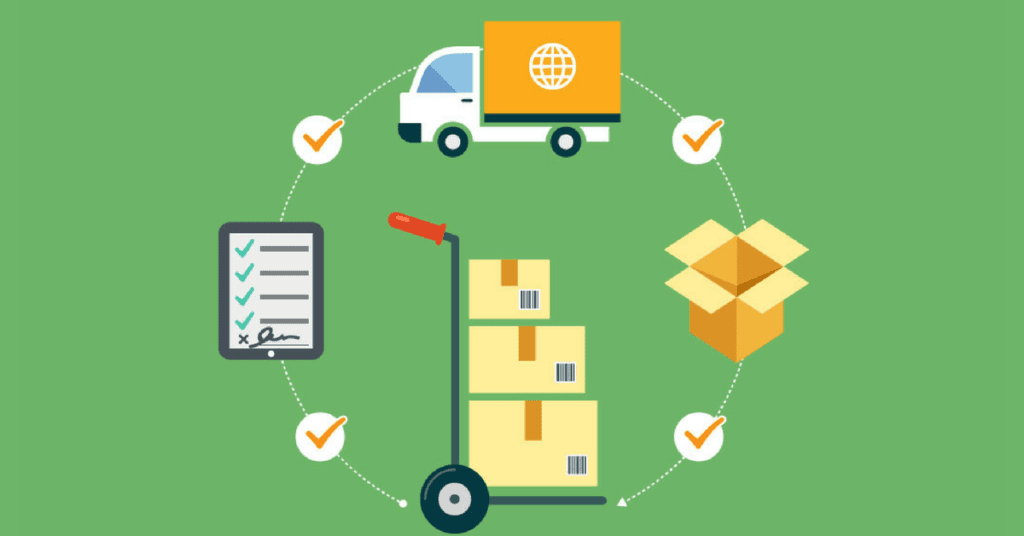For international shipping from India to the USA, proper documentation is the single most important factor in avoiding costly customs delays. The process involves a specific set of documents that serve as a paper trail for the goods, ensuring transparency and compliance. Here's a checklist of the essential paperwork you'll need.
The Big Three: Core Documents for Every Shipment
These three documents are non-negotiable and form the foundation of your shipment's paperwork.
1. Commercial Invoice
The commercial invoice is a detailed bill of sale and the primary document used by US Customs and Border Protection (CBP) to assess import duties and taxes. A missing or inaccurate commercial invoice is a guaranteed way to halt your shipment.
-
What it includes:
-
Shipper's and consignee's full details.
-
A detailed description of the goods (e.g., "Men's cotton t-shirts" instead of just "clothing").
-
The Harmonized System (HS) code for each item.
-
The country of origin.
-
The quantity, unit price, and total value of the goods.
-
The terms of sale (Incoterms like FOB or CIF).
-
2. Bill of Lading (B/L)
The Bill of Lading is a legal document issued by the carrier or a sea freight forwarding services company. It serves three main purposes:
-
A receipt of goods: It proves that the carrier has received the goods in the specified condition.
-
A contract of carriage: It outlines the terms and conditions of the shipment.
-
A document of title: The person holding the B/L has the right to claim the goods at the destination. For ocean shipping from India to the USA, a B/L is absolutely crucial for the release of your cargo.
3. Packing List
While not used by customs to calculate duties, the packing list is essential for customs officers to verify the contents of the shipment and for the receiver to confirm they've gotten everything. It provides a detailed breakdown of each package, including its weight, dimensions, and contents. It should be consistent with the commercial invoice.
Critical Filings for US Imports
4. Importer Security Filing (ISF)
Also known as "10+2," the Importer Security Filing (ISF) is a mandatory electronic submission for all ocean freight shipments arriving in the US. It must be filed with CBP at least 24 hours before the vessel departs from the last foreign port. Failure to file or submitting an inaccurate ISF can result in hefty fines of up to $5,000 per violation.
-
What it includes: It requires ten data elements from the importer (such as the seller, buyer, and consignee) and two from the carrier (a vessel stow plan and container status messages).
-
Who files it: The responsibility for filing the ISF ultimately lies with the US importer or their designated agent, which is often a customs broker or the US-based partner of your shipping forwarder US to India.
5. Other Supporting Documents
Depending on the type of goods you're shipping, you may need additional paperwork:
-
Certificate of Origin (COO): This document verifies the country where the goods were manufactured and may be required to qualify for preferential tariff treatments.
-
Import/Export Licenses: Certain goods, such as pharmaceuticals, firearms, or some agricultural products, require special permits or licenses.
-
Insurance Certificate: If your goods are insured, this document proves coverage against loss or damage during transit.
How a Freight Forwarder Helps You
Navigating this paperwork can be complex, especially for businesses without a dedicated logistics team. This is where freight forwarding companies India to USA become invaluable. They act as your expert intermediary, managing the entire documentation process on your behalf. A good forwarder offers freight forwarding services from India that include:
-
Preparing and verifying all documents.
-
Liaising with customs officials on both the Indian and US sides.
-
Ensuring timely and accurate filing of the ISF.
-
Connecting you with reliable ocean freight forwarding companies in USA to handle the import process.
By using a professional service for your container shipping to India from USA, you can minimize the risk of errors and avoid delays, ensuring a smooth and efficient customs clearance process.

